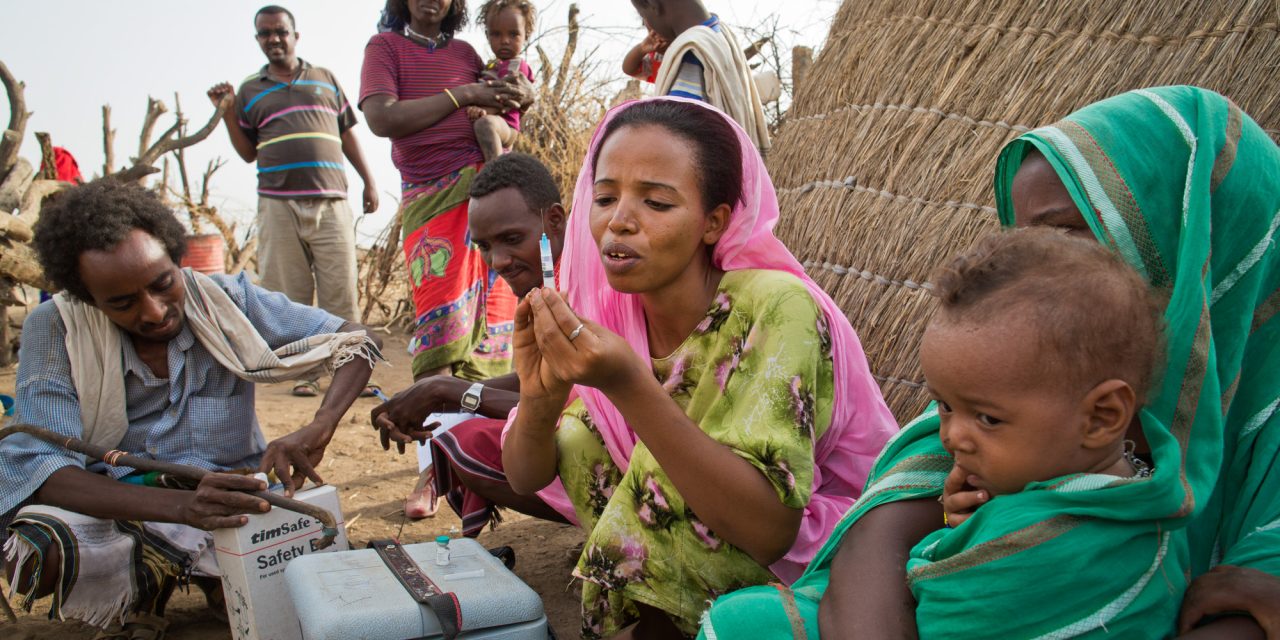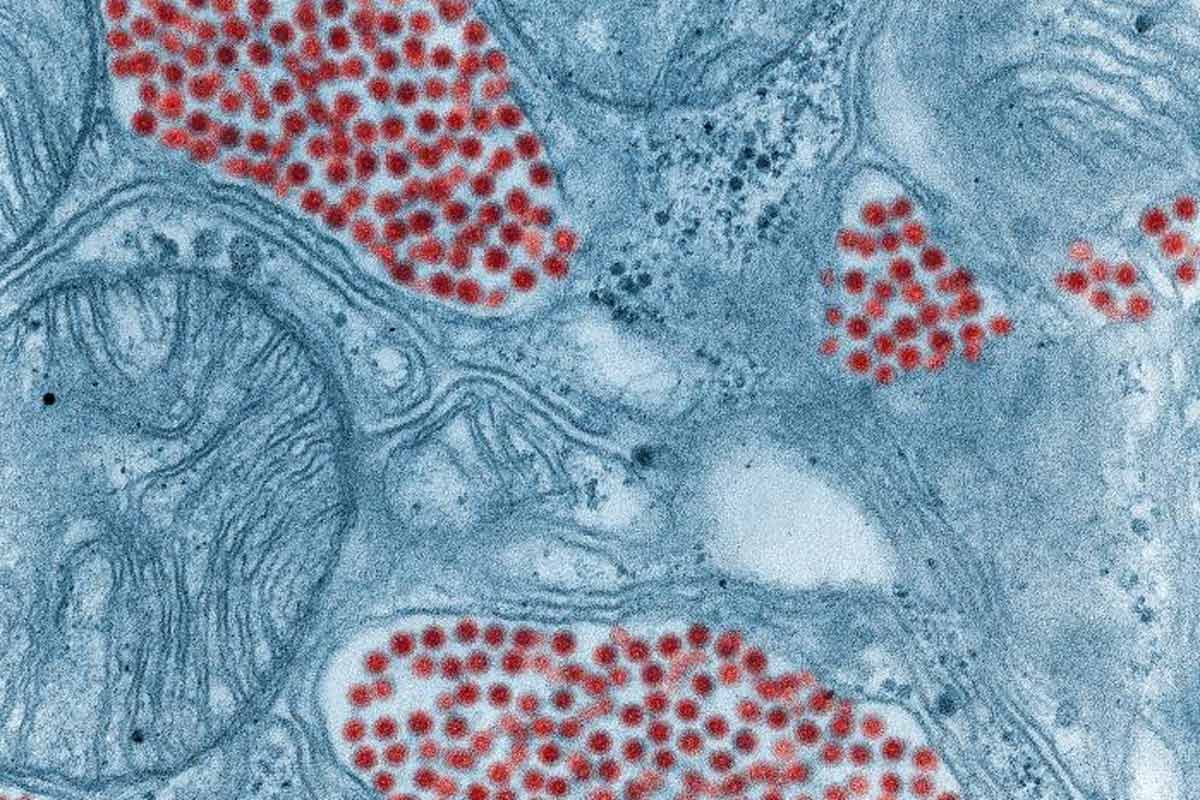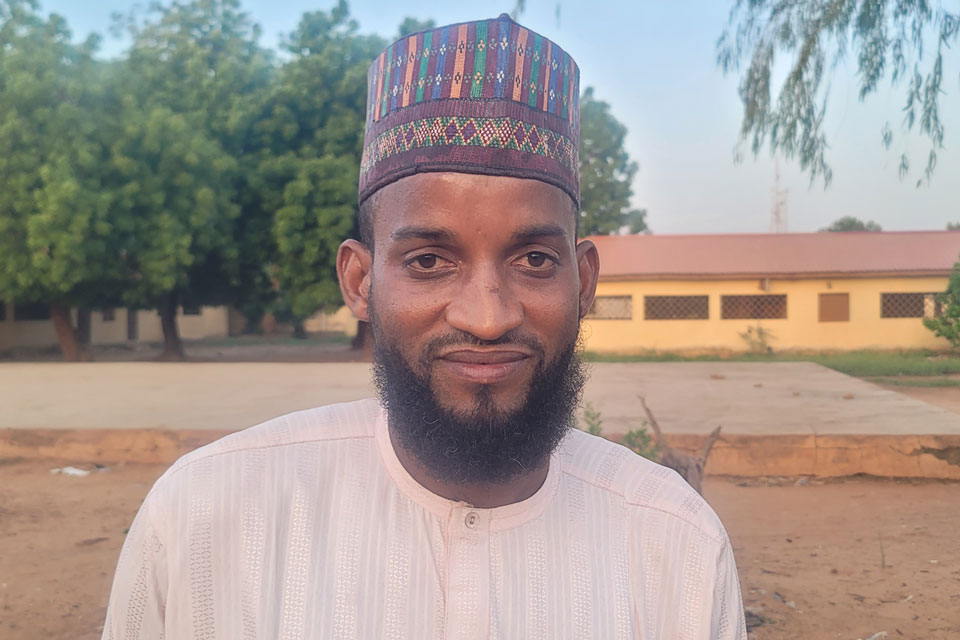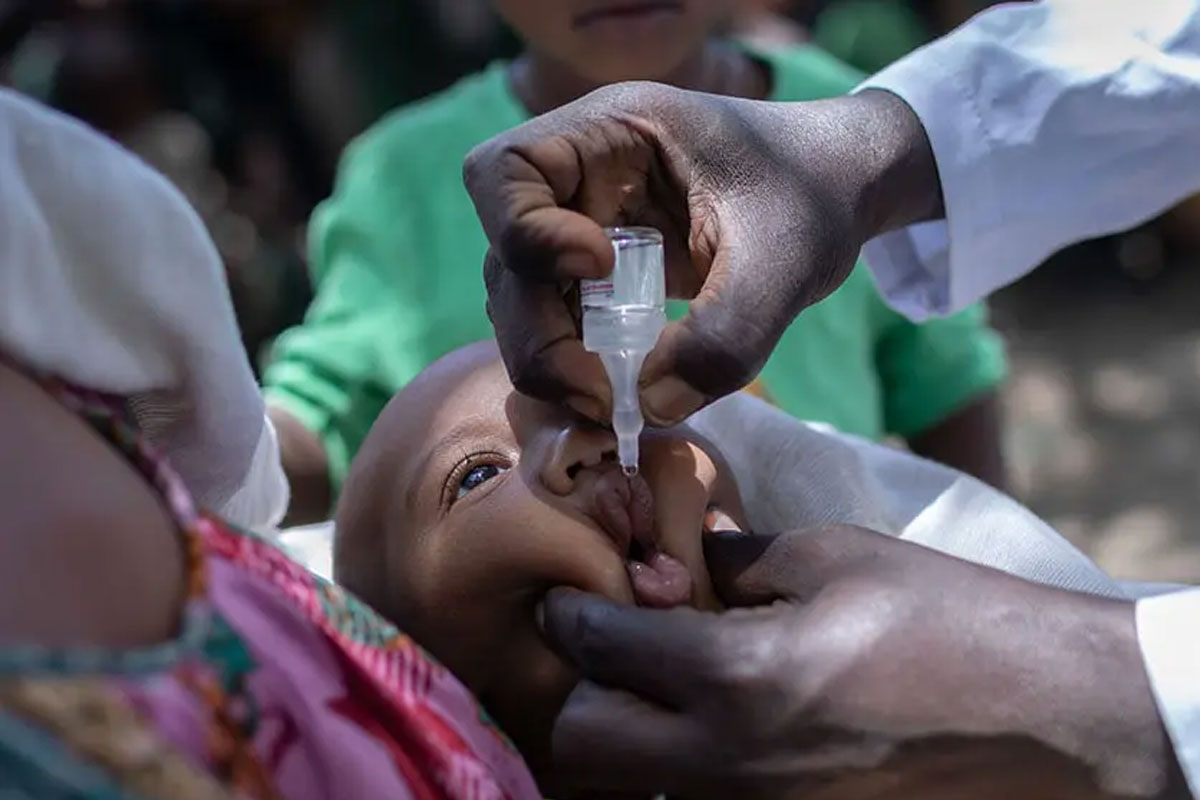Anuradha Gupta, Deputy CEO of Gavi, the Vaccine Alliance
Historically, amongst herding communities in the Afar region of Ethiopia, there has been a distinct aversion to counting. This extends from not sharing the number of cattle in their herds to not recording birth dates and only having an approximate idea of their children’s ages. This can make collecting accurate data about immunisation coverage a complex task, particularly with these populations constantly on the move. Yet it is important that we get it right, because having an accurate idea of where and how many children we are missing with life-saving vaccines is crucial to closing the gap in immunisation.
Two weeks ago, the World Health Organization (WHO) and UNICEF released their annual immunisation coverage estimates, which provide us with an opportunity to take stock of current progress in each country. But assessing what this data means is not simple. Just looking at upward or downward trends in coverage may not always provide an accurate picture of a country’s progress. In fact, a downward trend could actually be a positive sign of a country making the tough call to improve the accuracy of their data.
The first port of call for WHO and UNICEF, when they begin to put together these immunisation coverage estimates, is the country’s own administrative data. For multiple reasons, administrative data may overestimate coverage and not give country leadership an accurate representation of the challenge at hand. How do you start to search for solutions when the problem itself is not fully revealed? In several Gavi supported countries, political leadership continues to be fed with data that disguise shortfalls in immunisation coverage. I saw this first hand in my conversations with the President of Chad during my recent visit. In reality only 22% of children in Chad receive all basic vaccines and once made aware of this, the President has initiated a system of regular meetings to discuss and improve the immunisation picture in his country. Often, coverage targets – sometimes unrealistically high having been pegged to global goals more than the local reality – may tempt some health workers or their supervisors to exaggerate figures. Incentives for health staff to truthfully report data which may not look good are virtually non-existent. It is encouraging to see a few countries now stepping forward to embrace the inconvenient truth and intensify efforts towards more accurate coverage data.
In recent years, some countries have seen their WUENIC figures retrospectively revised downwards as better data became available. Amongst these countries are Ethiopia and Nigeria.
In 2012, Ethiopia recognised that their data was not painting an accurate picture of immunisation coverage in the country. When a survey found that coverage was lower than previous estimates had indicated, the government responded by making huge changes to their immunisation programme. They recognised that a new approach would be needed to reach children in areas such as the Afar region, where just 8.6 per cent of children aged one to two years had received all their routine vaccinations. They increased the number of health centres and outreach health workers and set up dedicated programmes to reach pastoralist communities, including monthly outreach and home visits. Gavi has been working with Ethiopia to improve the accuracy of their data, with the government showing a high level of commitment to bring about improvements.
We are now extending similar efforts to strengthen data in Nigeria. As in Ethiopia, there is acceptance amongst leaders that it would be important to ascertain the truth and improve data quality. In fact, Nigeria’s own estimates of immunisation coverage are now lower than WUENIC. They have put a strategy in place that rewards states for honest data reporting and sanctions those that do not, creating a system that values accuracy of data over proximity to coverage targets – the first, crucial step towards reaching more children with life-saving vaccines.
As a development community, we must work together to encourage incentives which support data accuracy and transparency. This would include realistic target setting and rewards for truthfulness that helps cast a brighter light on immunisation gaps. We cannot address barriers to immunisation if the data does not acknowledge that they are there. If by improving data we observe a drop in immunisation coverage, this is still far superior to remaining in the dark.






